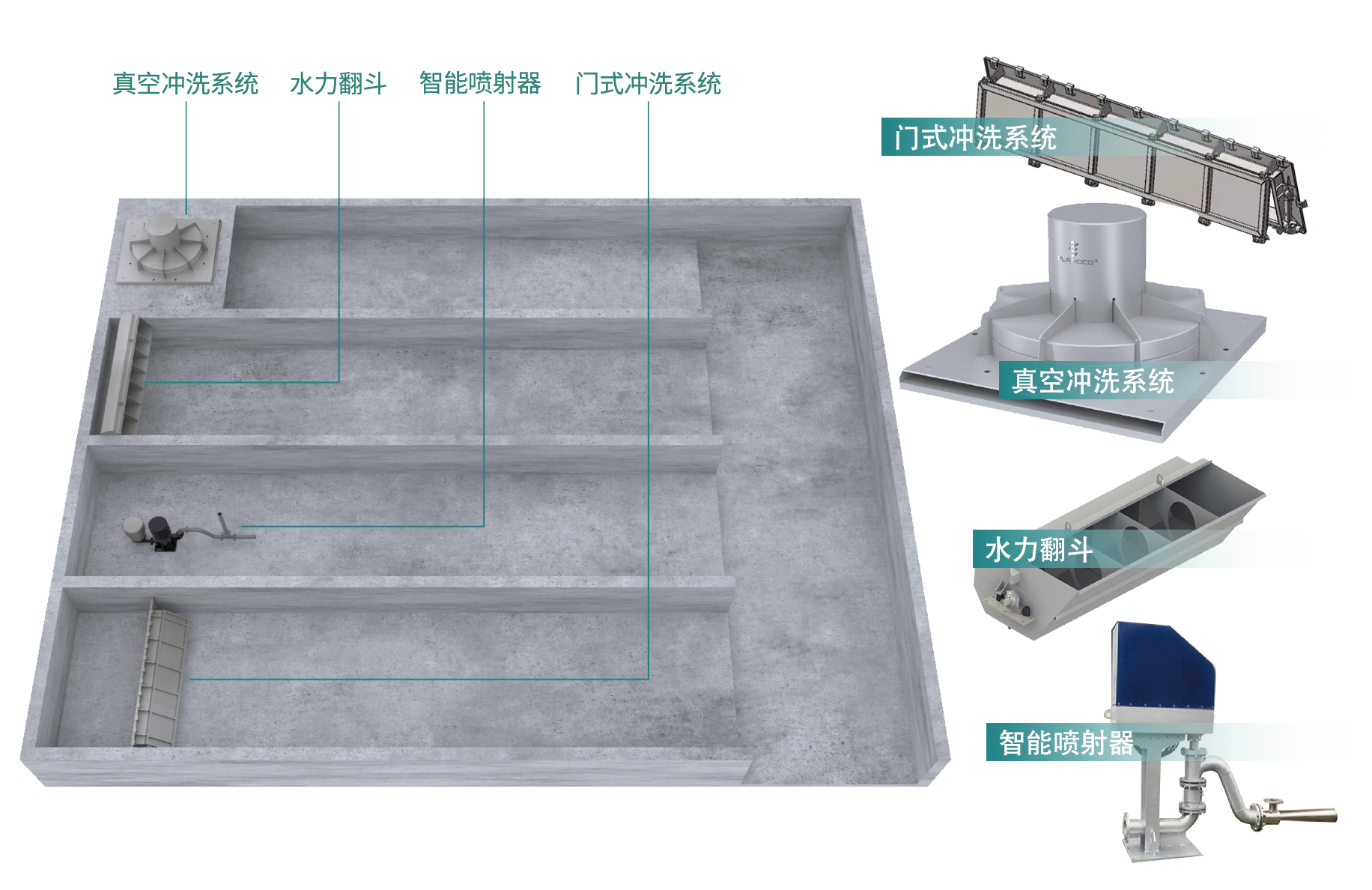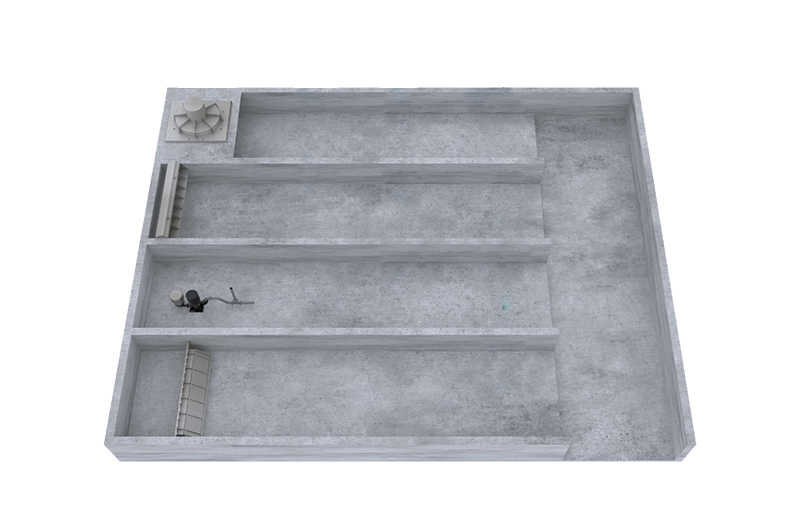 产品咨询
产品咨询
 售后咨询
售后咨询
 客户留言
客户留言


In the drainage system, sewage interception and storage facilities control pollution from non-directly connected sewage, initial rainwater, and combined sewer overflows by setting storage tanks at the end of pipelines. The storage tanks can temporarily store combined sewage or initial rainwater, reduce overflows, and mitigate pollution to receiving water bodies. When the wastewater treatment plant has sufficient capacity, the stored sewage is slowly transported for treatment, which not only avoids rainwater peak flows and improves rainwater utilization but also achieves pollution source control and regional drainage scheduling.
Due to space constraints in modern cities, most storage tanks are built underground. Although the tank bottom structure is optimized to reduce maintenance, their complex structure makes complete self-cleaning difficult, requiring timely removal of deposited sludge to ensure smooth sewage transportation. Therefore, automatic cleaning devices are equipped during facility construction, integrated with sewage interception and pumping systems, and paired with analytical instruments and intelligent monitoring systems to form an integrated solution.

Rainwater and Flood Storage
Sealed and Clean Drainage without Worry


The facilities feature a high-sealing design, effectively reducing interference from external factors, ensuring stable and reliable operation with a low failure rate.

A clean water flushing method is adopted, requiring no additional power control, to maintain the internal cleanliness of the facilities in a simple and efficient manner.

Using the principle of vacuum extraction, it achieves effective lifting of flushing water, providing convenient support for facility cleaning.
Thank you for your interest in Flangco, if you have any needs, please give us a call or leave a message, we will get back to you in the fastest time!